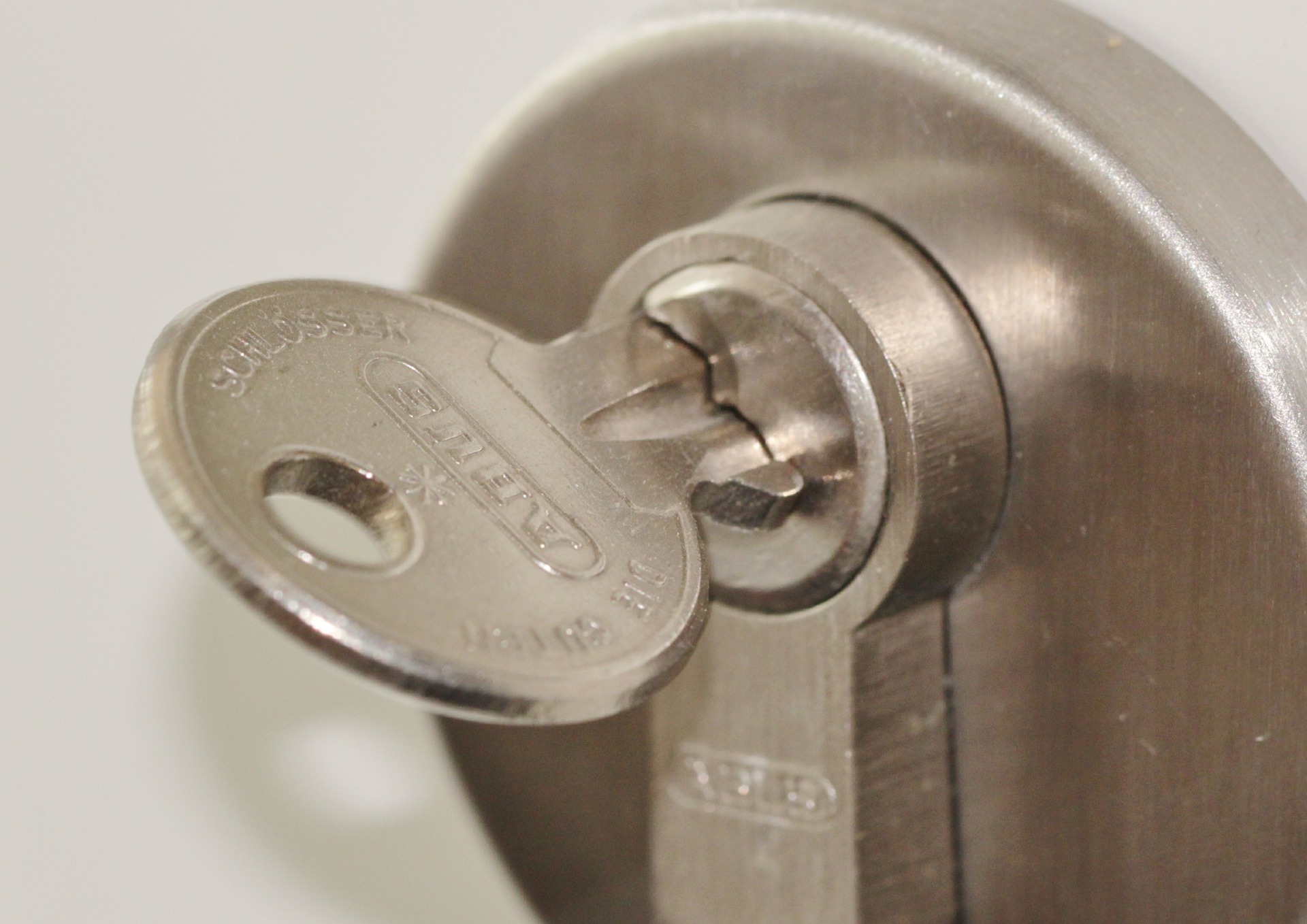
Maximise your profits with some DIY
Without doubt today’s landlord should be approaching their business in as professional a manner as possible. The recent UPAD webinar on landlords identified a professional approach as key to maximising the profit a landlord can make out of their property. This in an industry that can readily be said to have a high degree of “amateurs”. Many landlords just let out one property and often, as the webinar identified, view this as an alternative pension.
Nevertheless being professional enough to identify areas where one can save money is just as vital to the single property landlord as it is to the housing association, perhaps even more so, they need to search for cheap landlord insurance, they need to compare marketing costs with different agencies and they also needs to recognise that turning their own hands to certain skills will save them money time after time.
Save a few pounds by securing your own property
A perfect example of this is lock fitting, retrieving keys from ex-tenants is an occupational nightmare for landlords and the cost of an emergency locksmith will throw any budget off course. Fitting a lock is not difficult and will without doubt be a skill that most landlords will get the chance to practise.
There are two basic types of lock, a Mortise lock and a Cylinder Rim Lock. To fit a Mortise lock scribe a line centrally on the door with a marking gauge and use the lock body as a template to mark the top and bottom of the mortise. Choose a drill bit that matches the lock body thickness and drill out the majority of the waste.
Where to start
Square up the edges of the mortise with a bevel-edged chisel until the lock fits smugly in the slot. Mark around the edge of the faceplate with a knife, then chop a series of shallow cuts across the waste. Pare out the recess until the faceplate is flush with the edge of the door.
Hold the lock against the face of the door and mark the centre of the keyhole with a bradawl. Clamp a block of scrap timber to the other side of the door over the keyhole position and drill right through on the centre mark; the block prevents the drill bit splintering the face of the door as it bursts through on the other side. Cut out the keyhole slot on both sides with a pad saw.
Screw the lock into its recess, check its operation; screw on the cover plate and then the escutcheons (an item of door furniture that surrounds a keyhole or lock cylinder) over each side of the hole. With the door closed, operate the bolt; it may incorporate a marking device to gauge the position of the striking plate on the door frame. If it doesn’t have a marking device, shoot the bolt fully open, push the door to, and draw round the bolt on the face of the frame. Mark out and cut the mortise and recess for the striking plate.
To fit a Cylinder Rim lock, tape the template provided with the lock, to the door and mark the drill holes to accept the cylinder. (They vary in size between models). Pass the cylinder into the hole from the outside and connect it to the mounting plate on the inside with machine screws. Drill and insert the woodscrews to hold the plate to the door. Check the required length of the connecting bar, which projects through the plate and, if necessary, cut it to the correct size with a hacksaw.
Mark and cut the recess in the door edge for the lock, and attach it to the door and mounting plate with screws. Mark the position of the lock on the frame and use the template to drill for staple fixing screws or stud. Hold the staple against the frame to mark its recess. Chop and pare out the recess then screw on the staple.
How does high security impact your insurance?
The price of your property insurance premium will be impacted by a number of different factors including; location, risk of flooding and number of occupants within the residence. What comes with added security measures; especially with commercial properties, is the argument that your premium should be lower.
If you do add any additional security to your property such as reinforced lock mechanisms, be sure to inform your insurance broker at time of purchase.


